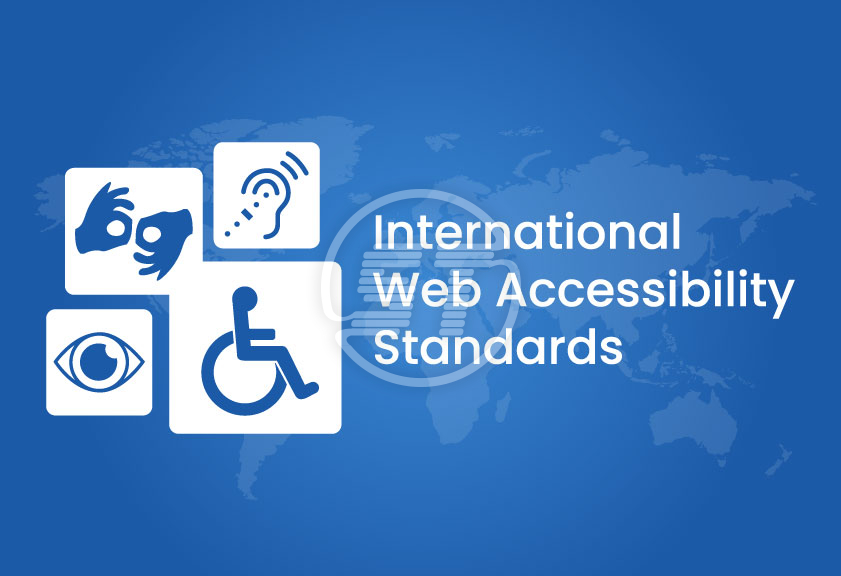Shop At Haya: Your Ultimate Shopping Guide
Discover the best shopping tips, trends, and deals for a smarter buying experience.
Web Accessibility: The Unseen Superhero of the Internet
Unlock the power of web accessibility—discover how this unseen superhero transforms the internet for everyone!
Understanding Web Accessibility: Why It Matters for Everyone
Web accessibility is the practice of creating websites that are usable by people of all abilities and disabilities. This includes ensuring that individuals with visual, auditory, motor, or cognitive challenges can effectively navigate and interact with online content. By prioritizing web accessibility, we not only comply with legal requirements but also expand our audience reach. In fact, approximately 15% of the global population experiences some form of disability, highlighting the importance of designing inclusive digital environments.
Moreover, web accessibility benefits everyone, regardless of their abilities. For instance, many users rely on assistive technologies, such as screen readers and alternative input devices, to access content. Additionally, providing accessible features—like text alternatives for images or proper heading structures—enhances the overall user experience for all visitors. In conclusion, embracing web accessibility is not just an ethical obligation; it’s a key component of a successful, user-friendly website that fosters inclusivity and engagement.

Common Misconceptions About Web Accessibility Debunked
One of the most prevalent misconceptions about web accessibility is that it only benefits individuals with disabilities. While it is true that accessible websites are essential for users with visual, auditory, or cognitive impairments, they also enhance the overall user experience for everyone. For instance, accessible design ensures that websites are easier to navigate, faster to load, and more compatible with various devices and browsers. This means that users without disabilities also enjoy a smoother and more efficient interaction with the content.
Another common myth is that achieving compliance with accessibility standards is an overwhelming and costly process. Many small businesses and bloggers believe that only large organizations can afford to implement web accessibility practices. In reality, there are numerous tools and resources available that make it easier to create accessible content without breaking the bank. Simple changes, such as using descriptive alt text for images and maintaining keyboard navigability, can significantly improve accessibility with minimal effort and investment. Establishing these practices from the beginning is more cost-effective than retrofitting a site later.
How to Make Your Website Accessible: Tips and Best Practices
Making your website accessible is essential for ensuring that all users, regardless of their abilities, can navigate and interact with your content. To achieve this, start by adhering to the Web Content Accessibility Guidelines (WCAG), which provide a comprehensive set of criteria to enhance accessibility. Some fundamental tips include using alternative text for images, ensuring that your site is navigable via keyboard, and providing captions for videos. In addition, consider implementing a proper heading structure to aid screen readers in understanding the organization of your content.
Furthermore, always prioritize color contrast to ensure readability for users with visual impairments. You can test your color choices using various online tools to verify they meet accessibility standards. Also, don't forget to conduct usability testing with real users who have disabilities to gain insights and improve your site's accessibility further. Remember, creating an accessible website not only enriches the user experience but also broadens your audience reach, making it a vital aspect of effective web design.